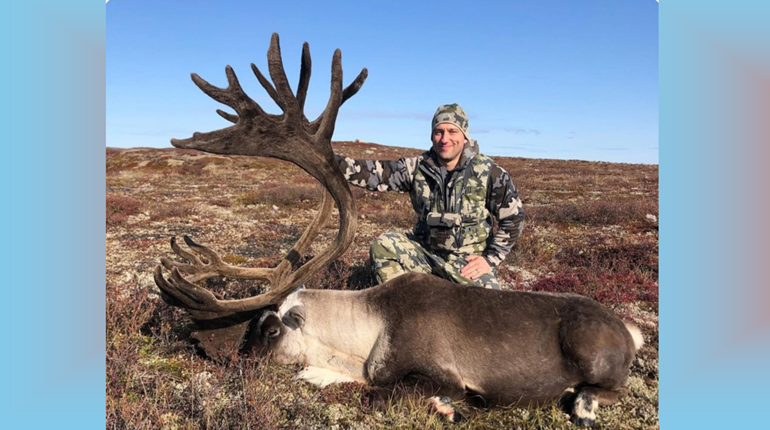
I remember seeing Gary Alt in 2002, then Pennsylvania’s head deer supervisor, on stage in this high school auditorium telling 500 deer hunters they couldn’t shoot spike bucks and forkhorns anymore like he was some prophet preaching that big changes were afoot. Some loved him, some hated him (Alt actually showed me a bullet-proof vest he started wearing after he got death threats), and like most prophets he was soon done away with. But also, like many prophets, his predictions nevertheless came true. Point-restrictions came to Pennsylvania and stuck and have since continued spreading to many more states.
Now Brian Murphy, president and CEO of the Quality Deer Management Association (QDMA), says even more fundamental change to deer management is coming—changes that can and will affect your deer season.
Murphy believes whitetail management is now being transformed into a model similar to the West’s micromanagement of game herds. He sees hunting and agricultural interests pushing deer management inevitably this way. No longer will the same herd management for the mountains be used for farming areas. No longer will game-managements areas in a state look like a grid. They will, and are, instead follow habitat.
As deer populations and herd health can vary greatly with habitat, this micro-management style makes biological sense. But this also means more disruptions to hunters who are used to certain tag allocations and season lengths in the areas they hunt.
Of course, QDMA’s very purpose backs private-land management of deer herds to keep deer populations in balance with habitat—QDMA has long said that big bucks are just a happy byproduct of sound game management. So QDMA is a proponent of these scientific disruptions to the status quo. But what most people don’t know is QDMA lobbies and advises state game agencies on how to better manage deer herds, so Murphy’s finger is on the pulse of this change (and his voice is in the ears of those who run state agencies).
Murphy said, “We’ve recently been working with states to help them reduce the antlerless harvest, as many deer herds have fallen, but we’ve talked to some about increasing it to balance deer herds with the habitat.”
As an example of how whitetail states are rethinking and even busting-up game-management units, Murphy points to Florida. The Florida Fish and Wildlife Conservation Commission recently approved a draft rule proposal aimed at managing Florida’s whitetails at a local level by establishing deer-management units (DMUs) throughout the state, each with its own set of antler regulations and antlerless harvests.
This new micromanagement has allowed “numerous states to become more restrictive on antlerless harvests by region in recent years in response to declining deer herds,” says Murphy. “In extreme situations, such as Michigan’s Upper Peninsula, antlerless harvests have essentially been eliminated.”
As evidence that the movement for quality deer is still moving forward, Murphy notes that QDMA now has just above 60,000 members, which is approximately 30 percent more than it had two years ago. “We expect to end the year between 65-70,000 members, so yes, we’re growing at steady clip,” said Murphy. “It appears that whitetail hunters are starting to realize the value of a national conservation organization for their beloved species, something harder to grasp when times were good.”
As whitetail management continues to localize, Murphy sees hunter advocacy as an even more necessary element of proper herd management.




































